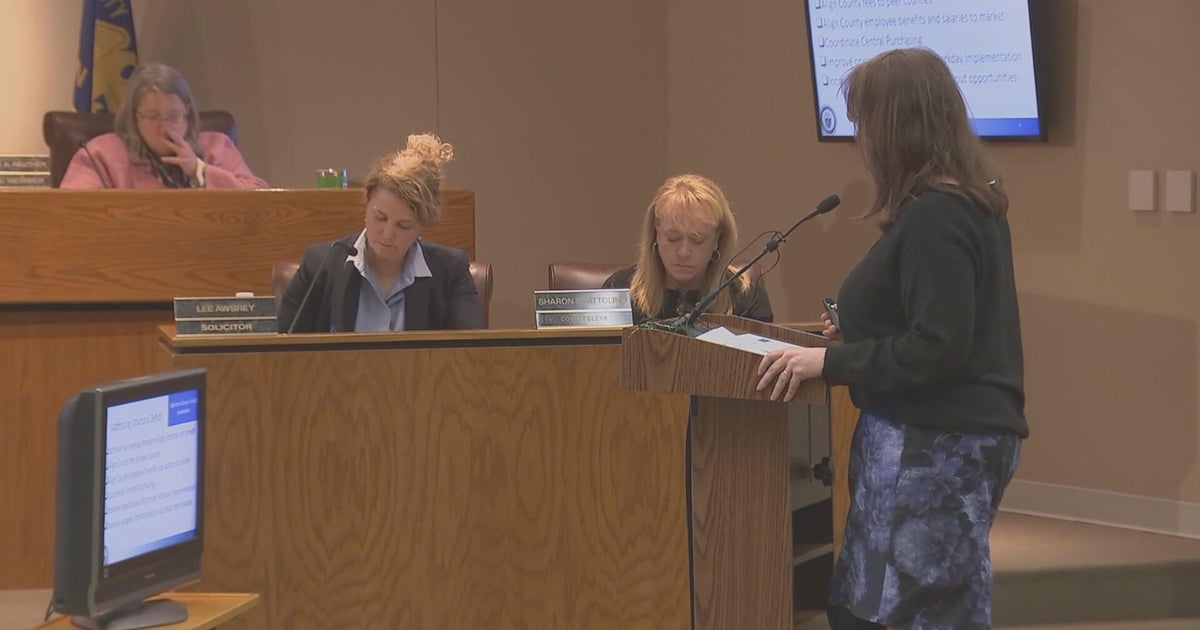Claim these tax deductions — even if you can't itemize
Here's a way to chop down your tax bill: Focus on about a dozen things you can claim that lower your income dollar-for-dollar. These special deductions are called "adjustments to income" because they're deducted directly from your gross income.
They're also called "above-the-line deductions" because you can still claim them even if you also claim the standard deduction — and over 80 percent of tax filers will claim the standard deduction for 2018 because they don't have enough deductions to allow them to itemize.
Eleven special deductions are listed on Schedule 1 of the new streamlined 1040. Here are eight of the most commonly used ones.
Educator expenses
If you're a teacher and you've paid for classroom supplies out of your own pocket, you can claim those expenses as a tax deduction. You can claim up to $250 of your costs for supplies, materials, books, software, etc. If your spouse is also an educator, you can claim up to $500 on a joint return. If you paid for classroom supplies over these limits, the excess costs can no longer be deducted on Schedule A as a miscellaneous itemized deduction.
Health savings account contributions
If you were enrolled in a high-deductible health insurance plan (which an increasing number of Americans have these days) and you contributed to a health savings account, or HSA, you can claim these contributions as an adjustment to income. You'll need to include a completed Form 8889.
The maximum HSA contribution allowed for 2018 tax returns is $3,450 for individual coverage and $6,900 for family coverage. If you're 55 or older, your contribution limits are $1,000 higher. You'll have until April 15 to set up an HSA and make these tax-deductible contributions. Unlike an IRA, you don't need earned income to make an HSA contribution.
Moving expenses
If you're a member of the military and moved because of a change in your permanent station location, you can claim the qualifying moving expenses you paid out of pocket as an adjustment to income. Qualifying costs include your expenses for traveling to your new home, lodging during the trip (but not meals) and the costs for moving household goods and personal effects. Use Form 3903 to list these expenses.
Self-employment tax
If you were self-employed last year and earned a net profit, you'll owe a 15.3 percent self-employment tax on the adjusted amount of this profit (applies on up to $128,400 of net profit). If, for example, you earned a net profit of $80,000, the SE tax would amount to about $12,240. The good news is that 50 percent of this SE tax is deductible. In this example, you can claim $6,120 as an adjustment.
Self-employed SEP, SIMPLE and qualified plans
If you're self-employed, a business owner or sole proprietor, you can set up a SEP IRA or SIMPLE retirement plan and contribute 20 percent of your self-employed income (or 25 percent of an employee's), up to $55,000. And like the HSA above, you still have time to do this because the account can be set up and the contribution made by the filing date of your return.
If you had already set up a self-employed 401(k) profit-sharing plan (before Jan. 1, 2019), you can contribute $18,500 ($24,500 if age 50 or older), plus you can also contribute an additional 20 percent of your net profit and claim these contributions as an above-the-line deduction.
Self-employed health insurance premiums
This is another above-the-line deduction available to the self-employed: the premiums you pay for medical, dental and even qualifying long-term care insurance for you and your family. If you're self-employed, you can claim these costs as an adjustment to income, even if you don't itemize deductions or your other deductions are limited.
IRA contributions
If you aren't covered by a retirement plan at work or through your self-employment and you have income from earnings, you can make a deductible contribution to an IRA. The limit for 2018 is $5,500, or up to 100 percent of your earned income, whichever is less. The limit is $6,500 for those age 50 or older. The IRA can be set up and the contribution made by the filing date of your tax return.
Student loan interest
If you paid interest on a student loan in 2018, you could be eligible to claim the student loan interest deduction of up to $2,500. You can claim this deduction if you paid the interest or are legally obligated to pay it. Also, your modified adjusted gross income must be less than $80,000 ($165,000 for married filers) and your parent can't claim you as a dependent on their tax returns. Those who've paid student loan interest typically receive a Form 1098-E from the lender that includes the amount of interest you paid in 2018.







